LLCER Anglais | Site d'aide à la phonologie anglaise, grammaire, linguistique et civilisations anglophones
“Freedom from Want”, by Norman Rockwell |
||||||||||
| |||||||
Introduction de l'analyse
The first inauguration speech of Franklin D. Roosevelt was held on Sunday, March 4, 1933, in Washington DC. It marked the commencement of the first term of FDR as president. With the nation at its peak of the Great Depression, Roosevelt’s inaugural speech was much awaited. American people expected FDR to make urgent efforts to respond to this crisis. With his speech, Roosevelt said about to prepare the nation to accept the expansion of Federal Government powers over States’ Rights. FDR – the newly elected president – wants to offer help to a desperate American people: “this great nation will endure and has endured, will revive, and will prosper.” For many people, the idea of the American dream was just empty words and an unfulfilled promise.
"Follow your Dreams [Cancelled]"
"Art is to console those who are broken by life"
- Van Gogh
Who is Banksy?
Banksy is an anonymous English Street artist and left-leaning political activist. His real name and identity remain unconfirmed and the subject of much speculation. His works have appeared on streets, walls and bridges all over the world. Banksy grew up in Bristol and later moved to London in 2000. He began as an artist at the age of 14. He was expelled from school and served time in prison for petty crimes.
Banksy is an anonymous English Street artist and left-leaning political activist. His real name and identity remain unconfirmed and the subject of much speculation. His works have appeared on streets, walls and bridges all over the world. Banksy grew up in Bristol and later moved to London in 2000. He began as an artist at the age of 14. He was expelled from school and served time in prison for petty crimes.
Cliquez sur lire la suite pour l'analyse et description.
12/23/2021
Franklin D. Roosevelt
The 32nd President of the United States | Short Biography
“The only thing we have to fear is fear itself.”
Born in 1882 at Hyde Park, New York–now a national historic site–he attended Harvard University and Columbia Law School. On St. Patrick’s Day, 1905, he married Eleanor Roosevelt.
Following the example of his fifth cousin, President Theodore Roosevelt, whom he greatly admired, Franklin D. Roosevelt entered public service through politics, but as a Democrat. He won election to the New York Senate in 1910. President Wilson appointed him Assistant Secretary of the Navy, and he was the Democratic nominee for Vice President in 1920.
Following the example of his fifth cousin, President Theodore Roosevelt, whom he greatly admired, Franklin D. Roosevelt entered public service through politics, but as a Democrat. He won election to the New York Senate in 1910. President Wilson appointed him Assistant Secretary of the Navy, and he was the Democratic nominee for Vice President in 1920.
The phrase “No Taxation without Representation (is Tyranny)” was a phrase used by American colonists to express [voice] their resentment at being taxed by the British parliament (Westminster) to which they elected no representatives. It became a well-known anti-British slogan before and during the American Revolution.
9/24/2021
Join or Die
"Join or Die” is thought to be the first political cartoon advocating the unification of the 13 colonies. The cartoon - also known as “the cut-up snake” – was designed by Benjamin Franklin. It depicts a snake severed into pieces that symbolize the 13 colonies. Franklin wanted to put the stress on the importance and necessity of unity in time of war. It became an important symbol of American freedom during the American Revolution.
| 1 | The Twist At the film’s climax, it is revealed that our protagonist; US Marshalls Edward “Teddy” Daniels, is actually Andrew Laeddis; a mental patient at Ashecliffe Hospital for the criminally insane. Furthermore, it is revealed that he was the centrepiece of an elaborate plan, constructed by the hospital’s psychiatrists to break his insanity by allowing him to play out the role of Teddy Daniels, in a last-ditch effort before he would have to be lobotomised for his violent behaviour. Laeddis had created this alternate life as Teddy Daniels as a coping-mechanism to deal with his grief. |
2| Fire & Water
Throughout the film there is much symbolism to be found through the use of fire and water. Fire represents the fantasy Andrew/Teddy has created around himself. This is why his hallucinations are always accompanied by fire in one way or another. Water, on the other hand, represents the reality of what happened to his wife and children. This is why Andrew/Teddy has a consistent aversion to water throughout the film. Using cinematography in subtle ways, these symbols are present throughout the film to allude to the fact that Teddy is living in a dream world. In fact, from the very start, Scorsese (The Director) drops subtle hints that should make the viewer ask questions, yet just like the protagonist, we choose to ignore most of these clues until the very end.
In the first scene we find a supposedly sea-sick Daniels vomiting into a ferry toilet. Yet when the camera cuts to a shot [plan] looking out of a porthole [hublot], not a single wave can be seen. This is the first demonstration of our protagonist’s aversion to water.
Shortly after, upon arrival on Shutter Island, Chuck (Dr Sheehan) fumbles with his gun when asked by the guards to hand it over, and after a few moments gives them both the gun and holster. This detail should immediately tell us that Chuck is not a real Marshall and has little experience with guns, but it goes by mostly unnoticed.
Later, when Teddy & Chuck reach the cliffs, they find most of the guards sitting down or skipping stones [faire des ricochets], rather than searching for Rachel Solando. This is because they are aware that Rachel does not exist, but is rather a figment of Laeddis’ imagination, and therefore they have no real motivation to search for her.
In one of the most interesting and telling scenes of the film; Teddy and Chuck interview patients about the disappearance of Rachel Solando. In the scene each character is framed in their own shot. There is a guard present in both the background [arrière-plan] of the old woman’s shot and Teddy’s shot. Yet when the camera cuts to Chuck, there is no guard behind him. This was an intentional creative decision made by the cinematographer/director to hint at Teddy being a patient at the asylum. Just like the old woman, Teddy needs to be guarded, however because Chuck is actually a doctor at the asylum there is no need to guard him.
Another tell-tale sign [signe caractéristique] that all is not what it seems is when Chuck hands the old woman a glass of water. When she lifts the glass to her lips nothing is in her hand. This shot is purposefully framed from Teddy’s point of view. We already know that Teddy has an aversion to water as it reminds him of the drowning of his children in the lake, at the hands of his late, manic-depressive [maniaco-dépressif/ive] wife. It is this aversion that causes Teddy to mentally ignore the glass of water in the old woman’s hands until it later reappears in the next shot (outside of Teddy’s perspective) as an empty glass once she had drunk its contents. This is another example of how in the film water represents Teddy’s reality, and how he rejects that reality.
When Teddy asks the old woman about Dr Sheehan, she glances over to “Chuck”, who is sitting next to Teddy, as she knows he is in fact Dr Sheehan. When Teddy then asks whether she knows Andrew Laeddis, she is even more flustered as she knows that Teddy is in fact Laeddis but has been told not to tell him the truth. Finally, the old woman writes ‘run’ on Teddy’s notebook, not because Ashecliffe is running experiments on its patients, but because she knows that this is Teddy’s last opportunity to escape the mental hospital. This scene is one of the most important in the film as it employs careful acting, cinematography, and symbolism to greatly hint to the audience that Teddy is a mental patient long before the big reveal.
When Teddy dreams about Laeddis, Laeddis sits beside the fire in an armchair. Teddy’s version of Laeddis; a scarred and disfigured man, then lights a match and proceeds to light Teddy’s cigarette. This act of Teddy accepting the light from Laeddis is symbolic of Teddy accepting this fantasy as reality.
Later, when Teddy finds Rachel Solando in a cave, the only light source is her campfire. The fire is ever-present in each shot and always in frame during their interaction, another hint to the audience that what we see before us is Teddy’s delusion and not reality.
When talking to George Noyce in ward C, Teddy uses a single match to illuminate the scene. Once Noyce begins to reveal the truth to Teddy about the experiment, the match leaves the frame of the shot. However, Teddy rejects Noyce’s warnings and strikes another match. Once he does, he begins to hallucinate once again. He sees his late wife in Noyce’s cell.
Throughout the film there is much symbolism to be found through the use of fire and water. Fire represents the fantasy Andrew/Teddy has created around himself. This is why his hallucinations are always accompanied by fire in one way or another. Water, on the other hand, represents the reality of what happened to his wife and children. This is why Andrew/Teddy has a consistent aversion to water throughout the film. Using cinematography in subtle ways, these symbols are present throughout the film to allude to the fact that Teddy is living in a dream world. In fact, from the very start, Scorsese (The Director) drops subtle hints that should make the viewer ask questions, yet just like the protagonist, we choose to ignore most of these clues until the very end.
In the first scene we find a supposedly sea-sick Daniels vomiting into a ferry toilet. Yet when the camera cuts to a shot [plan] looking out of a porthole [hublot], not a single wave can be seen. This is the first demonstration of our protagonist’s aversion to water.
Shortly after, upon arrival on Shutter Island, Chuck (Dr Sheehan) fumbles with his gun when asked by the guards to hand it over, and after a few moments gives them both the gun and holster. This detail should immediately tell us that Chuck is not a real Marshall and has little experience with guns, but it goes by mostly unnoticed.
Later, when Teddy & Chuck reach the cliffs, they find most of the guards sitting down or skipping stones [faire des ricochets], rather than searching for Rachel Solando. This is because they are aware that Rachel does not exist, but is rather a figment of Laeddis’ imagination, and therefore they have no real motivation to search for her.
In one of the most interesting and telling scenes of the film; Teddy and Chuck interview patients about the disappearance of Rachel Solando. In the scene each character is framed in their own shot. There is a guard present in both the background [arrière-plan] of the old woman’s shot and Teddy’s shot. Yet when the camera cuts to Chuck, there is no guard behind him. This was an intentional creative decision made by the cinematographer/director to hint at Teddy being a patient at the asylum. Just like the old woman, Teddy needs to be guarded, however because Chuck is actually a doctor at the asylum there is no need to guard him.
Another tell-tale sign [signe caractéristique] that all is not what it seems is when Chuck hands the old woman a glass of water. When she lifts the glass to her lips nothing is in her hand. This shot is purposefully framed from Teddy’s point of view. We already know that Teddy has an aversion to water as it reminds him of the drowning of his children in the lake, at the hands of his late, manic-depressive [maniaco-dépressif/ive] wife. It is this aversion that causes Teddy to mentally ignore the glass of water in the old woman’s hands until it later reappears in the next shot (outside of Teddy’s perspective) as an empty glass once she had drunk its contents. This is another example of how in the film water represents Teddy’s reality, and how he rejects that reality.
When Teddy asks the old woman about Dr Sheehan, she glances over to “Chuck”, who is sitting next to Teddy, as she knows he is in fact Dr Sheehan. When Teddy then asks whether she knows Andrew Laeddis, she is even more flustered as she knows that Teddy is in fact Laeddis but has been told not to tell him the truth. Finally, the old woman writes ‘run’ on Teddy’s notebook, not because Ashecliffe is running experiments on its patients, but because she knows that this is Teddy’s last opportunity to escape the mental hospital. This scene is one of the most important in the film as it employs careful acting, cinematography, and symbolism to greatly hint to the audience that Teddy is a mental patient long before the big reveal.
When Teddy dreams about Laeddis, Laeddis sits beside the fire in an armchair. Teddy’s version of Laeddis; a scarred and disfigured man, then lights a match and proceeds to light Teddy’s cigarette. This act of Teddy accepting the light from Laeddis is symbolic of Teddy accepting this fantasy as reality.
Later, when Teddy finds Rachel Solando in a cave, the only light source is her campfire. The fire is ever-present in each shot and always in frame during their interaction, another hint to the audience that what we see before us is Teddy’s delusion and not reality.
When talking to George Noyce in ward C, Teddy uses a single match to illuminate the scene. Once Noyce begins to reveal the truth to Teddy about the experiment, the match leaves the frame of the shot. However, Teddy rejects Noyce’s warnings and strikes another match. Once he does, he begins to hallucinate once again. He sees his late wife in Noyce’s cell.
3 | Conclusion
This film tells the audience the truth the entire time, and not just through symbolism, but also through cinematography, acting and directing. Each scene is constructed in a way to show us what is really happening, yet we still do not understand the truth. We; the audience, have the ability to deny reality even if it is staring us in the face. We always want to hold to what we believe to be true, even in the face of extreme evidence to the contrary.
This film tells the audience the truth the entire time, and not just through symbolism, but also through cinematography, acting and directing. Each scene is constructed in a way to show us what is really happening, yet we still do not understand the truth. We; the audience, have the ability to deny reality even if it is staring us in the face. We always want to hold to what we believe to be true, even in the face of extreme evidence to the contrary.
Auteur
James Holland et Teddy Barbier | Professeurs d'anglais
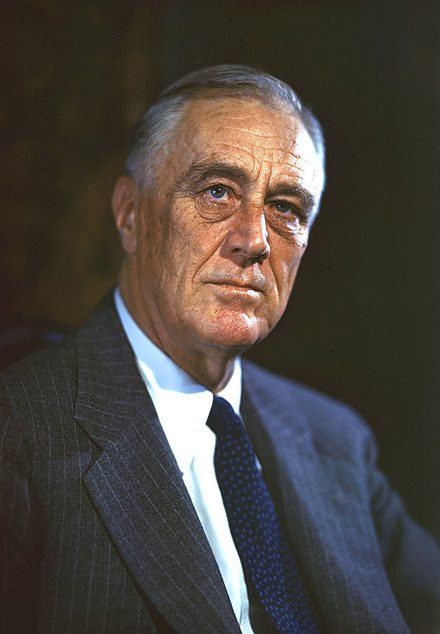
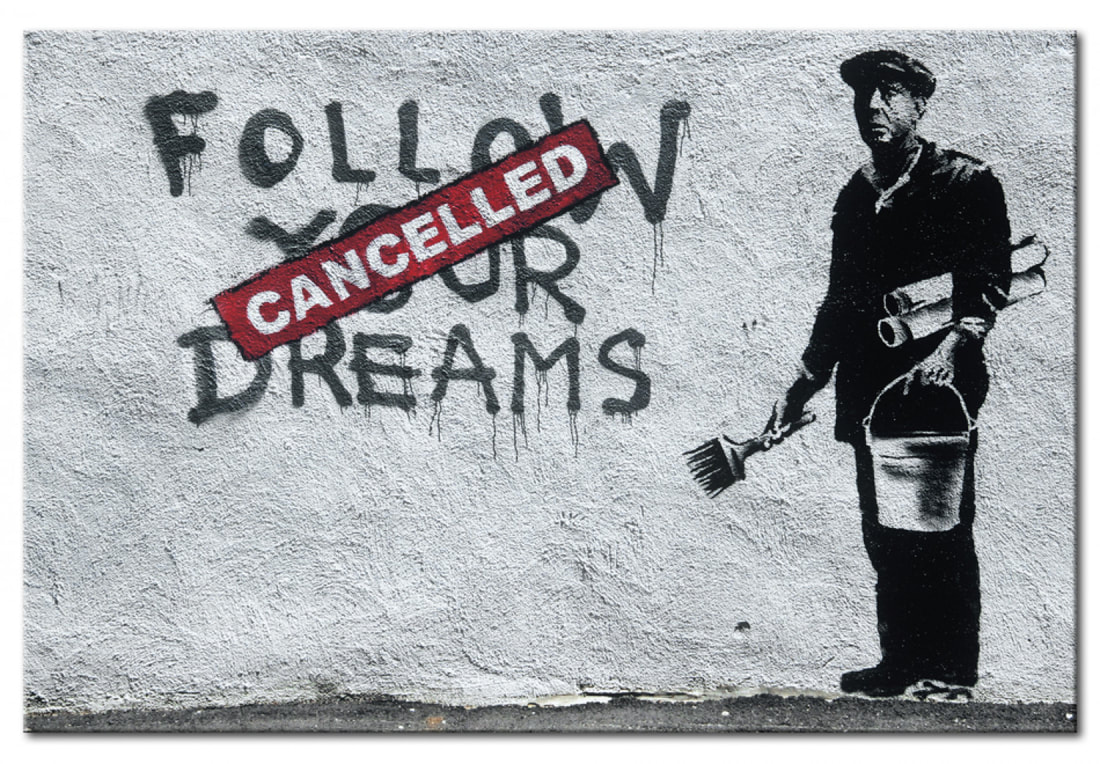
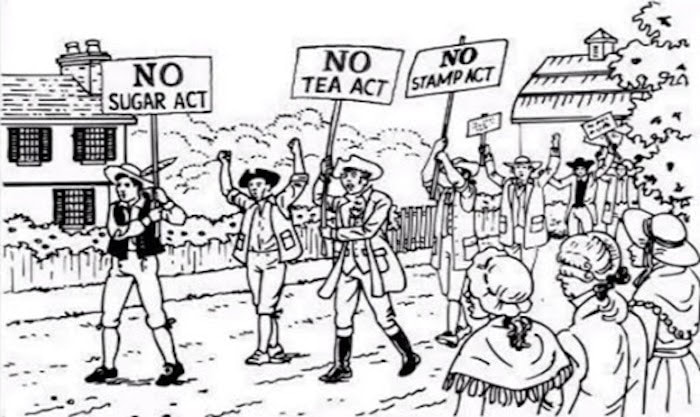
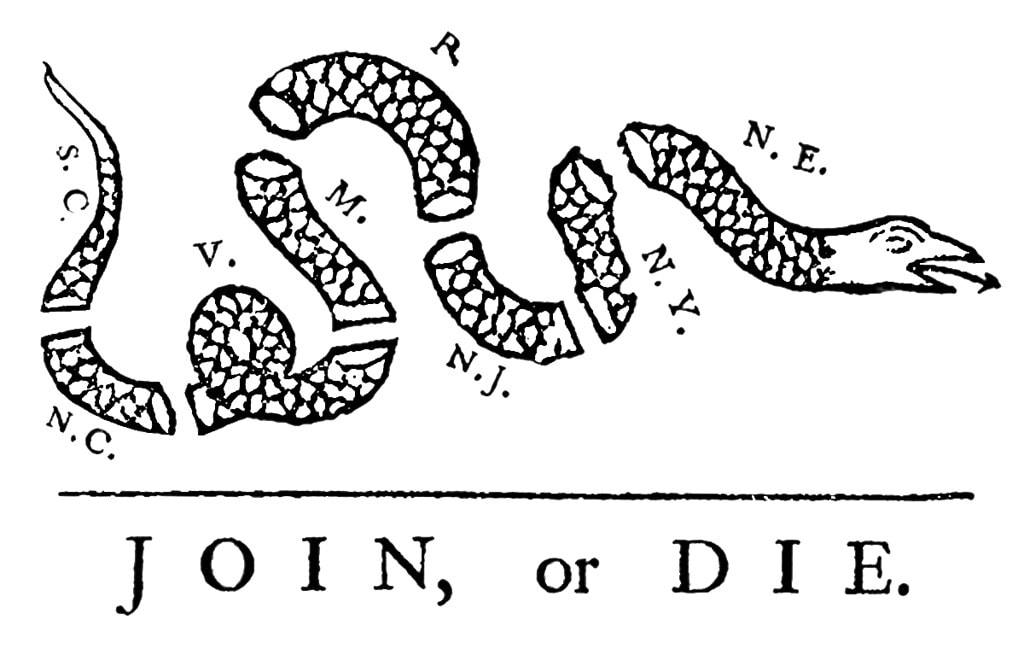
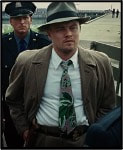
3/4/2022
0 Commentaires